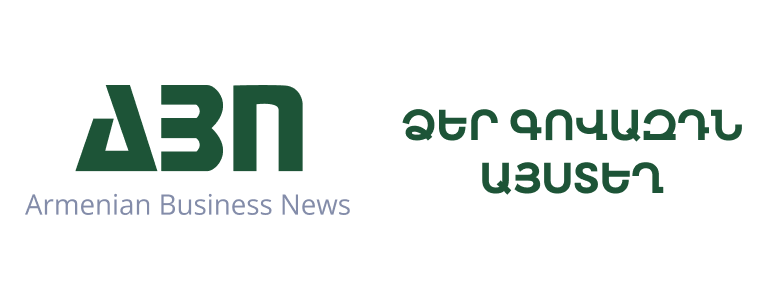-

Why is the boundary between a leader's professional and personal identity important?
2025/08/03/ 10:21 -

Three practical steps that will prevent you from losing the people who keep your business running
2025/08/01/ 17:17 -

IDBank's new premium business card – Mastercard Business Preferred
2025/08/01/ 12:45 -

Which professions will be the first to lose their jobs due to AI. Microsoft's warning
2025/07/31/ 14:21 -

Why do some organizations turn AI into a strength, while others fail?
2025/07/30/ 17:49 -

Gucci's management has changed against the backdrop of declining sales
2025/07/30/ 16:57 -

USA is exerting pressure to extract agreements
2025/07/30/ 14:36 -

The Armenian state budget has deviated from the course: what the analysis of the Luys Foundation says
2025/07/29/ 12:43 -

How does the Armenian economy respond to challenges? facts from the data for May-June
2025/07/28/ 12:40 -

Beating the heat, earning idcoins: Idram & IDBank
2025/07/25/ 17:36
 Subscribe
Subscribe

The Armenian state budget has deviated from the course: what the analysis of the Luys Foundation says
Analysis |

The Luys Foundation analyzed the socio-economic development of the Armenian economy in 2025. from January to June.
Compared to the low growth rates at the beginning of the year, the pace of economic activity growth (EAG) accelerated starting from May 2025, mainly due to the base effect. Although the EAG slightly slowed down in June compared to May, the cumulative growth for January–June continued to accelerate, reaching 6.3%, up from 5.7% in January–May. The acceleration in growth is mainly due to a moderation in the rate of decline in the industrial sector.
Export performance remains at a rather low level. While the pace of export decline has somewhat eased, it is still at a deep negative level. The cumulative drop in exports for January–June 2025 amounted to 52.8%.
Such a large decline is mainly due to the neutralization of gold re-export volumes. However, even after adjusting the export figures to account for this, growth would amount to only 1.1%, which is quite low and points to a loss of export potential in recent years.
The state budget execution has significantly deviated from the planned figures. Although actual budget revenues exceeded the planned levels, expenditures were significantly under-executed (by AMD 240.2 billion or 14.0%). As expected, a major part of the under-execution (about AMD 101.7 billion) is related to capital expenditures.
The government is deviating from its initially planned policy, which could naturally have significant negative economic consequences. The under-execution of capital expenditures (about 25.6%) could have a serious negative impact on the modernization of essential economic infrastructure, slowing economic development and weakening the potential for long-term growth. The under-execution of capital expenditures is known to be a chronic issue, yet no visible steps are being taken to address it.
The full analysis is available here.

















